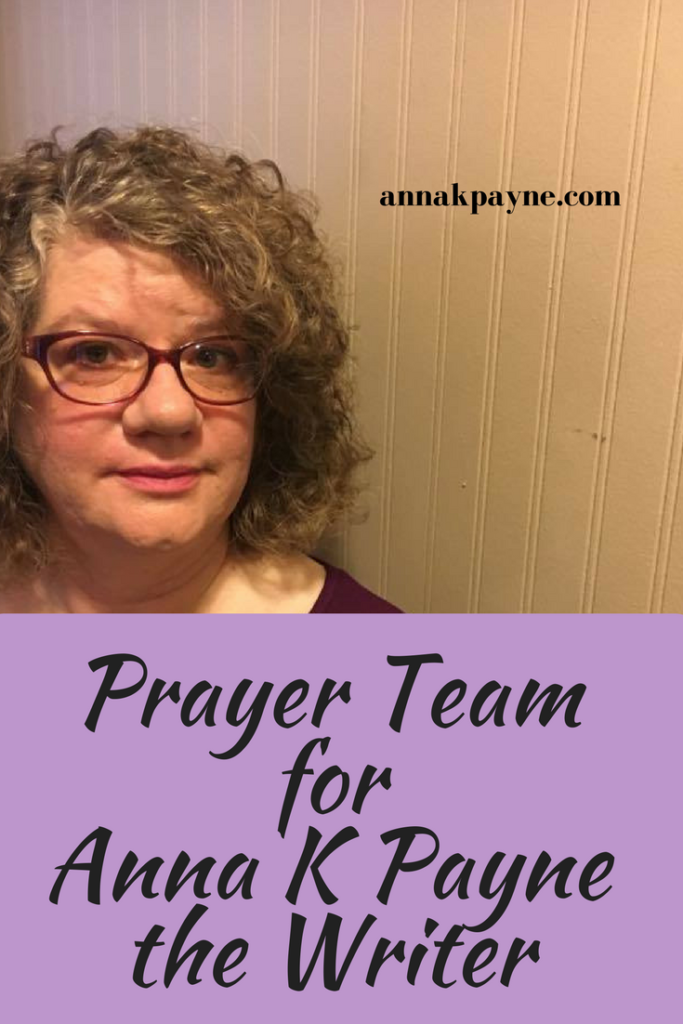 As November and the next NaNoWriMo event nears, many writers return to the plotting question. Is plotting important? Or can I just wing it? I can remember my own questions, plotting – is it important? And I remember the advice – do you want to know where you are going?
As November and the next NaNoWriMo event nears, many writers return to the plotting question. Is plotting important? Or can I just wing it? I can remember my own questions, plotting – is it important? And I remember the advice – do you want to know where you are going?
For every story I write, I like having a plot. For me, the outlining of a plot is fun and it gets me feeling excited about a new book. Each step of the way is filled with surprises.
The idea
Finding an idea is similar to Easter eggs, except finding them in July. You aren’t looking for them. They shouldn’t be there. But, if they are real eggs, the smell might be a clue. Glancing down a bit of color attracts my eye and there it is, an idea.
The initial idea may not be much. It might be the creaky sound of a boat dock and what might be lurking underneath. The look on a cat’s face as it stares out of the window brings dark thoughts of an intruder approaching. A missing item, not easily misplaced, reveals a unknown visitor.
I do write suspense stories. Other people see romance connections. I see a moment of terror.
The plot
Next I love to figure out what happened. I play mind games and imagine. I find a person to be the heroine, a woman of strength who finds hope in God. And I find a way for her to meet a man or resolve an issue, or both.
A plot isn’t necessarily writing the story. Surprises can still happen as you write. If you haven’t thought out your main character’s motivations, fears, and desires carefully, you will be startled by what they do. And it might not fit with your plot.
The outline
I consider a plot the main idea of what happens to who and where they end up. An outline gives us the step by step of how they end up there. For this I gravitate to the different plot outlines. Basically this:
- Introduction – the status quo of life
- Inciting Event – what changes and what needs to happen
- The first obstacle – something is in the way
- The second obstacle – something else is in the way and they are defeated
- The third obstacle – again, another something happens but this time, determination arises
- The climax – the heroine saves the day
- The resolution – after the excitement, close all the stories and sub stories.
This seven point outline also works with long chapters. I’m using this to help me write John’s story, coming in December 2017, The Detective. I have seven different events which move along the subplots and the main plot.
The scenes
Once I have the outline done and understand how it is going to work, I also like to write out the scenes. I have scenes on cards, either on Trello or on index cards. I don’t always use the scenes in order for the first draft, but each one will be used.
The individual scene card tells me who is in the scene, from what point of view, and a sentence describing the action in the scene. These are suggestions for the writer frame of mind. They are not rules.
Plotting – Is it important? Yes!
At this point, I’m ready to write. I don’t have to think. Rereading isn’t necessary. I can make notes on the cards as I go, but mostly I just shuffle through them putting the one I just used at the back.
Using this method, I’ve written over 1000 words an hour, sometimes 3000 words an hour. And when I’m finished, I have a book to revise!
My favorite NaNoWriMo books!
Auto Amazon Links: No products found.






